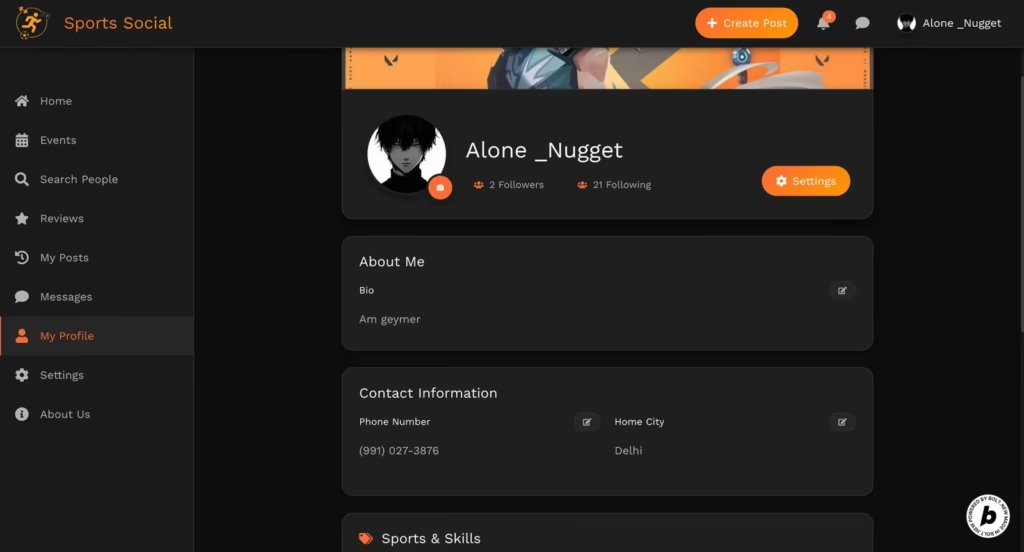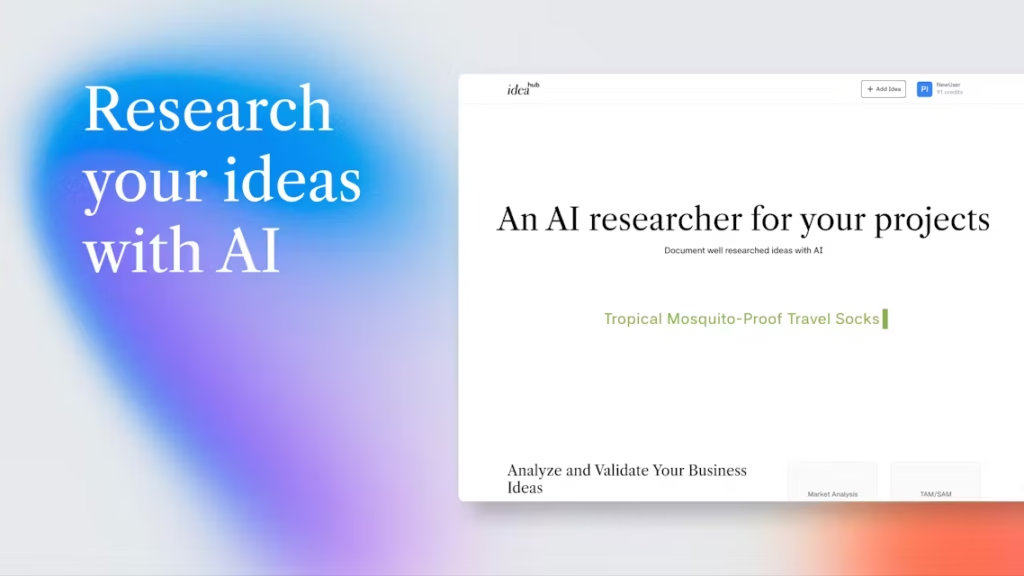Flow AI’s latest update introduces groundbreaking speech generation capabilities, transforming static images into dynamic storytelling videos.
Their integrated Veo 3 Speech system allows users to create animated sequences with synchronized dialogue and sound effects directly from single image inputs.
While still experimental, this feature shows immense potential for creative industries. Learn more about Flow’s global expansion
Key Features Analysis
Prompt-Driven Speech & Animation
Flow’s core innovation lies in its ability to generate both visual sequences and synchronized speech from text prompts using Veo 3 technology. This allows for:
- Photorealistic talking portraits
- Illustrated character monologues
- Cinematic storytelling from single images
Unlike competitors like Kling AI 2.0 or Pika Labs, Flow offers native speech generation integrated into its UI.
Comparative Analysis
| Tool | Speech Gen. | Face Consistency | Languages | Ease of Use |
|---|---|---|---|---|
| Flow (Veo3) | Yes, prompt-based | High (DeepMind models) | Limited (expanding) | Integrated, guided |
| Kling AI 2.0 | No | Good (face issues) | English only | Easy (image upload) |
| Pika Labs | No | Moderate | English only | Moderate |
| Runway | No | Moderate | English only | User-friendly |
Flow stands out by being one of the few tools with direct speech integration from single images. Explore Flow’s speech capabilities
User Feedback Summary
Early adopters praise Flow’s storytelling potential while noting areas for improvement:
- Pros:
- Cinematic storytelling from single images
- Clear speech synchronization with visuals
- “Empowers creatives with full cinematic storytelling” – ProductHunt
- Cons:
- Experimental speech quality (minor intonation issues)
- Limited language support (English primary)
- Image type restrictions for optimal results
Constructive criticism focuses on voice emotion range and sync issues with complex speech. Watch user reactions
Performance Analysis
Flow’s performance in speech generation and animation shows promise:
- Reliability: Speech generation is generally reliable but experimental in nature
- Speed: Processing times vary based on complexity; no major lag reported
- Usability: Integrated UI designed for creatives simplifies the workflow
- Limitations: Voice customization options are currently limited
Pricing Analysis
Flow requires a Google AI Pro or Ultra subscription for access. While pricing details aren’t disclosed, this model suggests:
- Targeted towards professional creatives and businesses
- Value proposition tied to advanced AI capabilities
- Competitive landscape: Similar tools (Runway, Pika Labs) offer free tiers
Frequently Asked Questions (FAQs)
1. What is Flow?
Flow is an AI-powered video creation tool that transforms static images into animated sequences with speech.
2. How does Veo 3 Speech work?
Veo 3 generates synchronized speech and animations from text prompts within Flow’s UI.
3. Is speech quality consistent?
Speech is generally clear but may have minor intonation issues with complex prompts.
4. What languages are supported?
Primarily English, with gradual expansion planned.
5. Can I customize voices?
Limited customization options; more expected in future updates.
6. What image types work best?
High-quality images with clear subjects produce optimal results.
7. Is Flow free to use?
No, requires Google AI Pro or Ultra subscription.
8. Where is Flow available?
Now accessible in over 140 countries with varying feature access.
9. What are common use cases?
Product explainers, social media content, personal storytelling projects.
10. What do users say?
Positive feedback on storytelling potential, constructive criticism on voice nuances.
Final Verdict
Flow’s innovative speech generation capabilities show immense promise for creative professionals needing dynamic storytelling from static images.
While still experimental, the integrated workflow and cinematic potential outweigh current limitations. Ideal for marketing agencies, social media creators, and anyone exploring AI-driven video creation.
- Pros: Cinematic storytelling, integrated UI, prompt-driven speech
- Cons: Experimental speech quality, limited voice/language options
Recommendation: Excellent for professionals seeking advanced AI video tools, but may require patience with experimental features.



